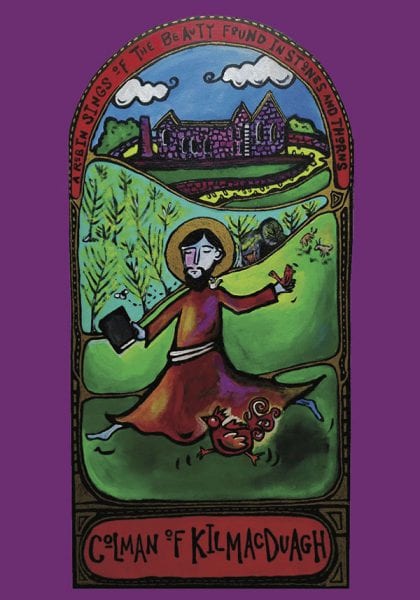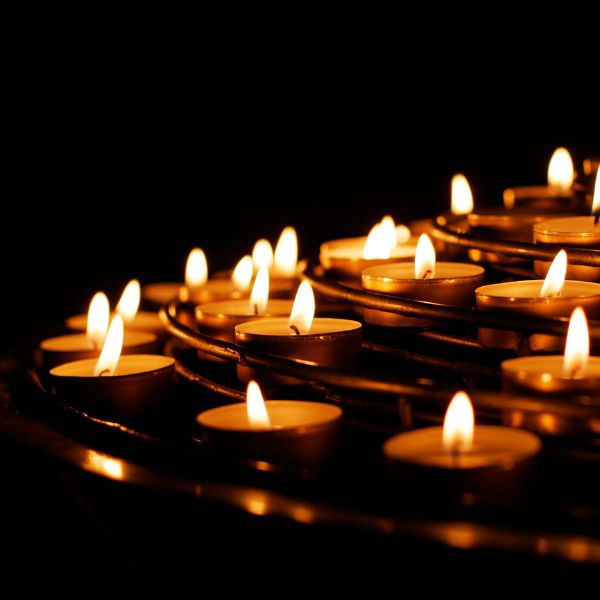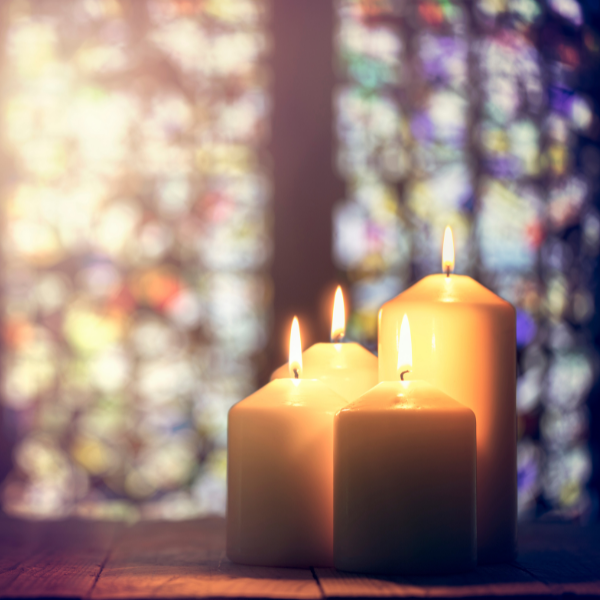I am delighted to share another beautiful submission for the Monk in the World guest post series from the community. Read on for Carolyn Ash’s wisdom about gardening and the gift of weeds:
My Garden, My Monastery
A day in my Southern California garden sparkles with peace, quiet, calm. Turning soil, tending plants, spraying a bit of water eases my spirit, energizes my body, and creates space in my mind. Repeated motions become a mantra for my hands and body. The mundane becomes sacred: sifting arid soil through my fingers, pulling weeds, feeling the heft of my tools, noticing earthy things with fresh vision. My garden, my monastery.
A few years ago, I pulled out the roses and petunias and the grass. They were the plantings of my Midwest childhood where bright flowers flourished in beds and along walkways framing grassy lawns. They thrive in the changing seasons with warm summer rains and frosty winters. They were lovely in my California garden, but they don’t belong here. They need different growing conditions. They require water Nature doesn’t provide in the summer. They wither in blazing dry summer heat. They like rich dark soil, not the ancient, beige, sandy dirt of my yard.
In their place I put in native California flowers and shrubs, plants that grow naturally in the local soil and climate, plants that soak in winter rains and thrive in summer drought. Local gardeners advise me not to add fertilizer or other amendments to the soil; native plants don’t need it, don’t like it, they say. Now, pungent sage mingles with scents of redwood mulch in the hot dry garden. Gray green leaves of Indian mallow soften the hard summer glare while mallow’s bright yellow blossoms smile and nod in the sunshine. Native plants in native soil.
Birds and bugs like my native garden too. Butterflies flitter among the California poppies in spring. Hummingbirds dip needle beaks into red tubes of sticky monkey flower. Spiders weave intricate glossy networks and wait hopefully at the edge for lunch to arrive. Bugs scurry on a thousand legs when I lift the stone roof from their tunnels. Finches flock and the neighborhood Northern mockingbird keeps everyone awake at night.
Weeds demand the most attention. They thrive in all conditions—clouds, sun, heat, cold, drought, flood. They like my hot, only-occasionally watered soil. Perhaps they are the real native plants, but they are not the ones I want in my garden. Weeds sneak in, snuggling up next to the purposely-planted. They hide under coral bell leaves and Manzanita shrubs sharing resources, twining roots, gathering strength for the great propagation. One day, they explode to appropriate all unclaimed territory. It’s hard to stay ahead of the weeds.
Weeding is an art. You have to pull out the whole root or the weed will spring forth again. The second round seems more vigorous than the first. You must pull slowly to disengage root from soil. Wet soil releases roots better than dry soil does. You have to get the feel of it. When the root resists, keep the tension steady while it slips through the dirt. When you hear it snap, you broke the root. The weed will be back. You soon will have another chance to do it right.
Sometimes I think of things in my life as the weeds in my garden. A few people are weeds. They nuzzle close and sap my vitality. I have to carefully disengage them from my life. I consider Jesus’ words: Love your neighbor. Are these my neighbors? Am I called to love them? How do I love them? Are they weeds? Or native plants?
Cancer was a large broad-leafed weed, tall, with a great fuzzy ball of seed ready to spread all over my body. Though I never use poison in my garden, the medics shot poison into me after they spaded out the weed. Time will tell whether the poison eradicated the malignant seed.
Often the news in the paper and on TV feels weedy. I can’t pull those weeds, but I can try to keep the seed from spreading within me. Other things are weedy too. Pain and separation and distrust are weeds that appear in my spiritual desert. They show up when I least expect them, even in places I think are weed free.
But here I sit on the ground, loosening and pulling and discarding garden weeds. I am connected. Connected to my little parcel of land. Connected to what happens in and around it. Indeed, I am connected to all living things here, there, everywhere. As I mull my connections, a bright yellow American goldfinch lands on the burbling fountain a few feet away. I quietly watch him frolic, his black-capped head bobbing about, sprinkling droplets. A scrub jay scolds and scolds, and I notice Paws the neighborhood tiger cat strolling across the garage roof nose up, tail high.
My contemplation returns to the ground. Native soil nourishes native plants, their roots growing deep into the dark and silent earth. Native soil of the heart seems an apt metaphor. As I put my roots into the deep and rich reservoir of divine love, I am nourished, growing as I was created to do. Like the mallow and the sage, I am a native plant in the garden of my life.
Native soil of the heart: deep, available, un-conditioned, inclusive, cosmic, mysterious, mystical love. It’s the love Jesus teaches us in metaphor and parable. It’s the love-soil that nourishes me and helps me love my neighbors, helps prepare me be a monk in the world.
Native soil of the heart affords all the nutrients necessary for life and relationships to flourish with energy, synergy, vitality. Native love. It pulses through the cosmos, and like Spirit, like wind, I notice the flutter of leaves and the changing of lives. In my garden monastery, I access the native soil of the heart in silence and contemplation. As I touch creation, I envision the web—like the spider’s gossamer threads—connecting all living things. Even the weeds.
 Carolyn Ash is a spiritual director, gardener, ceramicist, traveler, hiker, and birdwatcher. She serves as a lay counselor and lay Eucharistic minister at All Saints Episcopal Church in Pasadena, CA. She volunteers at a local art center and is a student in the Pasadena Writing Project.
Carolyn Ash is a spiritual director, gardener, ceramicist, traveler, hiker, and birdwatcher. She serves as a lay counselor and lay Eucharistic minister at All Saints Episcopal Church in Pasadena, CA. She volunteers at a local art center and is a student in the Pasadena Writing Project.
Click here to read all the guest posts in the Monk in the World series>>






6 Responses
what a tender reflection!
i appreciated the work it must have been to let go of the familiar plants which no longer matched your current geography and growing region.
Also I am touched by these words: “Native soil of the heart affords all the nutrients necessary for life and relationships to flourish with energy, synergy, vitality. Native love.”
I’d like to meditate more on this idea of a native love. seems truer to me than I can wrap my head around right now. Thank you for the inspiration.
Absolutely breathtaking writing and spirit!! Thank you for so generously sharing those pieces with us. I am inspired and changed. What a gift!!
Also a neighbor…just up the coast in Ventura. I can visualize your native garden and so enjoyed your weed metaphor. Gives me zoom new tools for tending my gardens.
We are almost neighbors! I am in San Bernardino. Love your beautiful look at gardening with wonderful Native Plants. I too am an artist and a writer (poetry). Nice to meet you.
“When you hear it snap, you broke the root. The weed will be back. You soon will have another chance to do it right.”
How encouraging you are! We are not defeated because we didn’t get the root. We learned a lesson that we can use another time.
Thank you.
Beautiful post. Thank you.